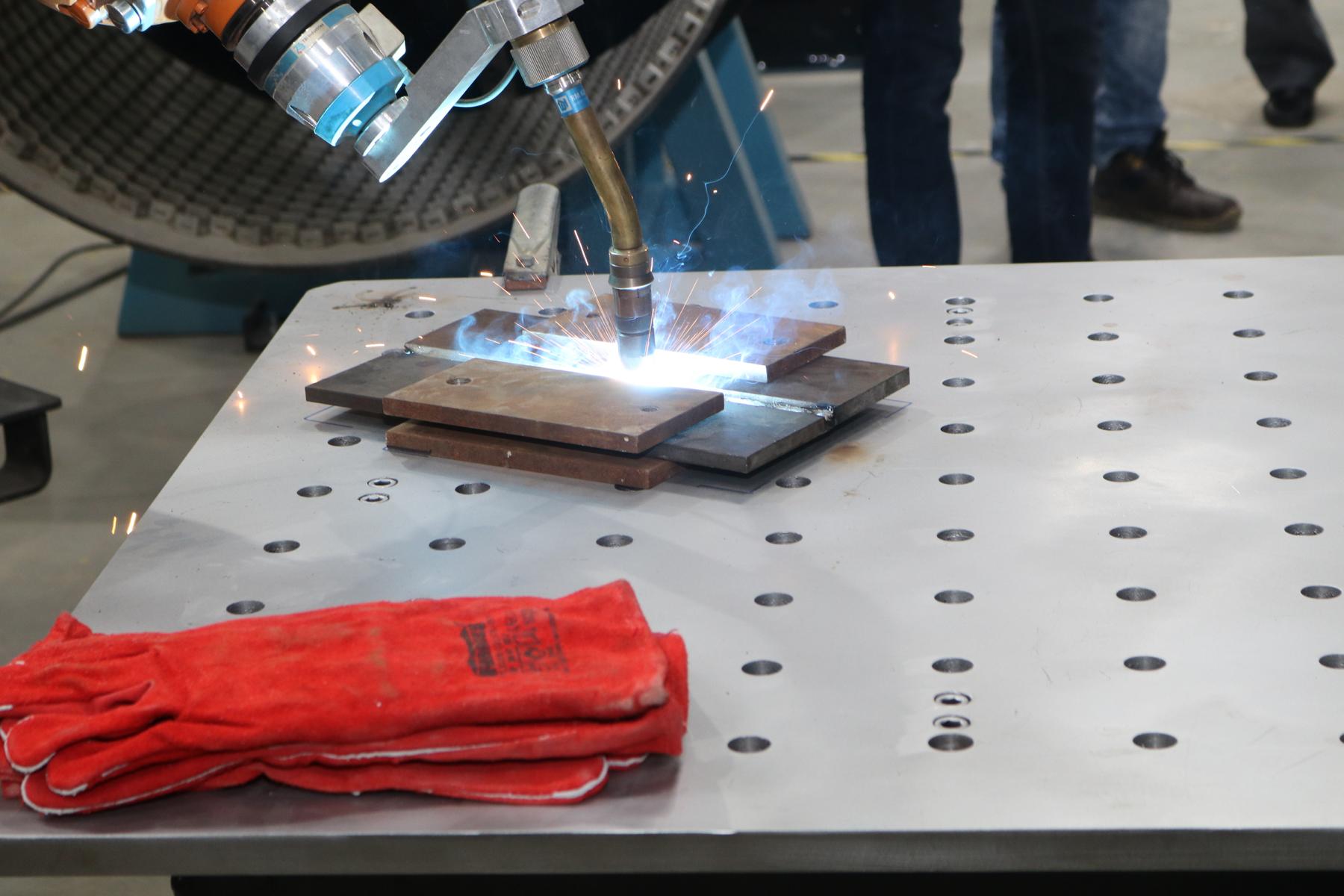Evolution of Welding
Have you ever thought what is common in a tri-cycle, jewelry, high-rise building, car, airplane and ship ? To manufacture / construct these, welding has been used, for sure. Anything made of metal, no matter how big or small, can be welded. We would not have had these, if welding was not there.
There is no one person who can be credited with the invention of welding. The birth of welding can be traced back to the Bronze Age more than 5,000 years ago when a clever individual came up with an idea to heat a strong metal like bronze until it melted, then pound it with a hammer to make an object. Researchers have confirmed that traditional welding came about as early as in 1800. In that year, Sir Humphry Davy produced the first electric arc between two carbon electrodes by use of a battery. In 1836, Edmund Davy discovered acetylene. But true welding was invented in 1881. Subsequently, arc heat was used to join lead plates together. After that, welding processes advanced very quickly. The first machine tool services date back to 1200 BC, and the tools themselves were handcrafted. Although today’s machine tools may not be handcrafted in the same manner, welding allows craftsmanship to come into the world of modern machinery.
In the last century, welding processes have proven vital to the economical fabrication of almost all metal items. Wars depended on fast and reliable methods for joining metals for implements of warfare. The process of welding is a precise, reliable, cost-effective and a highly technical method for joining materials in manufacturing industries. In fact, there is no other technique/ process that is so widely used by industries to join metals and alloys efficiently – that leads to value addition.
Currently, welding is used in a wide variety of materials and products, with the help of advanced technologies as lasers and plasma arcs. Over the last few decades, welding and material joining has become more automated, productive and safer. New processes – such as electron beam welding, friction welding, plasma arc welding, friction stir welding, explosion welding, and laser beam welding – have increased the range of materials and components that can be welded. Today, industrial robots and computer-controlled automated welding are extensively used to improve quality and productivity. It also greatly reduces or eliminates any risks to human workers.
The future of welding holds immense promise as methods are devised for joining dissimilar and non-metallic materials, and for creating products of innovative shapes and designs.
Role of Cutters, Welders / Solderers and Brazers
Cutters use heat to cut and trim metal objects to a specific size. While the work of cutters is related to that of welders and solderers, cutters use heat from an electric arc or gases to cut and trim metal objects rather than joining them.
Welders and solderers use heat to permanently join pieces of metal together. Soldering and brazing are similar processes to welding but are used on electronic and other small equipment and use lower temperatures to melt the filler metal.
Most welding done today falls into one of two categories:
- arc welding (the use of an electrical arc to melt the work materials) and
- torch welding (the use of an oxyacetylene torch to melt the working material and welding rod).
There are more than 100 welding processes that a welder can use and most involve a skilled worker using a high-heat torch, filler material that is usually in wire or stick form, and pressure to permanently bond metal pieces.
Workers in these occupations may work indoors or outdoors – sometimes in bad weather or in a confined area – and occasionally work at height. Safety procedures are important for workers to follow due to frequent exposure to hazardous conditions that include extremely hot materials and intense light. To avoid injuries, safety procedures should be followed such as safety shoes, goggles, masks with protective lenses, and other equipment to prevent burns and eye injuries.
Welders are needed in almost every industry & hence, welding is one of the few career that has always remained in high demand. Welding contributes significantly to the Indian GDP in various ways, such as welding intensive industries, automobiles, infrastructure projects, etc.
Apart from being in natural demand the government has also taken many initiatives (including the ‘Make in India’) to improve the country’s infrastructure, manufacturing capabilities that will lead to boosting the welding industry.


